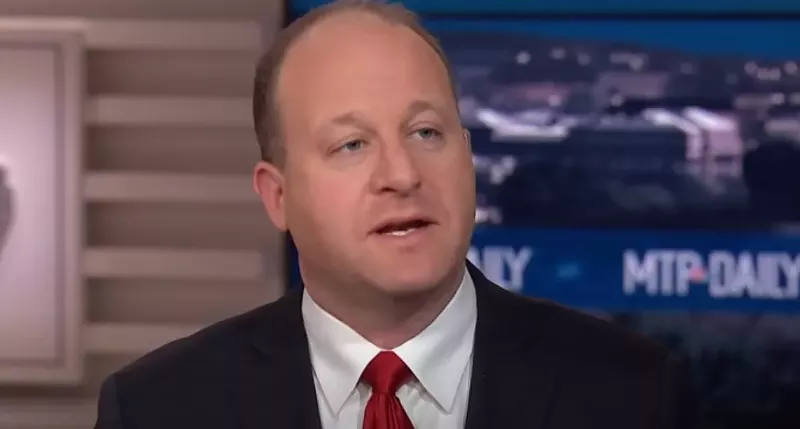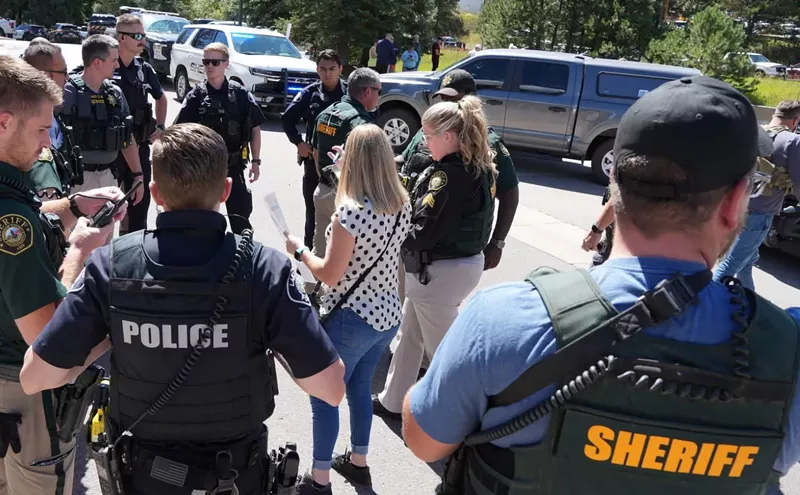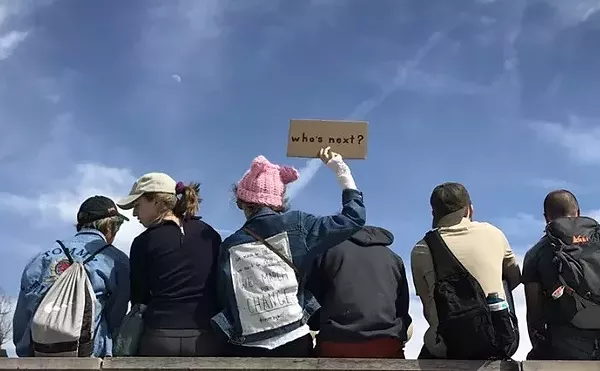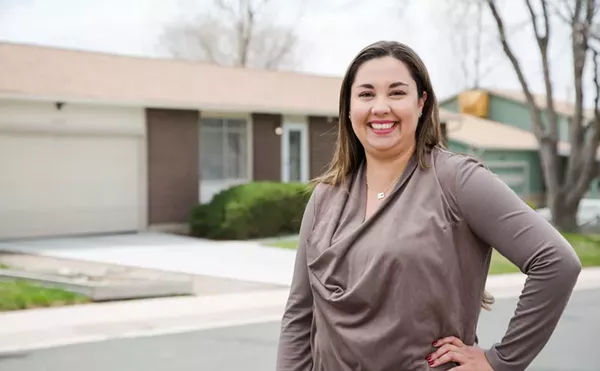But while Governor Jared Polis has discussed Protect Our Neighbors in broad terms at recent press conferences, its specifics aren't understood particularly well because they vary widely from community to community. And that's unfortunate, since this phase is expected to remain in place far longer than its two predecessors — likely until the development of a vaccine or treatment for the novel coronavirus, unless a downturn necessitates a return to stricter measures.
Here's how the ideal Protect Our Neighbors scenario is described by the Colorado Department of Public Health and Environment: "Viral transmission is low, the number of outbreaks is small and manageable, and local public health and health care capabilities are empowered to scale to a level that can respond effectively to current and future surges in disease transmission."
As a result, "local public health agencies [LPHAs] must meet certain performance measures" by demonstrating "low disease transmission levels, local public health agency capacity for testing, case investigation, contact tracing, and outbreak response, and hospital ability to meet the needs of all patients and handle the surge in demand for intensive hospital care."
In addition, the summary continues, "they must have mitigation and containment plans that describe the actions they will take if they fall out of compliance with the Protect Our Neighbors metrics. These plans must be approved by local elected leaders including county commissioners and mayors, the hospitals that serve the county, law enforcement, emergency management, the local public health director, and if applicable, tribes."
Among the requirements: "how counties will promote public compliance with the guidelines, how counties will increase mask wearing in public settings, and how they will increase influenza vaccine uptake as we approach flu season, to ensure we don't lose health care system needed for COVID-19."
These are the eight main metrics and how they're measured to certify qualifications:
Metric 1: Sufficient hospital bed capacityAs for the required mitigation and containment plan, the CDPHE stresses that it "must include how the county (or region) will monitor these metrics, what early warning metrics they will monitor, and what corrective actions they will implement if they fall out of compliance with any of these metrics. This mitigation and containment plan must include a statement of approval and support from local elected leaders including county commissioners and mayors. In addition, the hospitals, law enforcement including the county sheriff and some police departments, county emergency manager, local public health agency director, and if applicable, tribes must provide statements approving the mitigation containment plan. Local law enforcement is expected to enforce local ordinances related to public health as applicable."
Hospitals in the county or region (as defined by LPHA) have sufficient bed capacity to manage a 20 percent surge in hospital admissions or patient transfers (hospital attestation of patient transfer agreements required. Please include attestations in the Protect Our Neighbors certification form).
Metric 2: Sufficient PPE [Personal Protective Equipment] Supply
Local hospitals must have two weeks of PPE available based on current PPE use standards
Metric 3: Stable or declining COVID-19 hospitalizations
Stable (no greater than 25 percent increase) or declining counts of new confirmed COVID-19 hospitalizations in the county’s referral hospitals (LPHA defines) in the last fourteen days compared to previous fourteen day period OR no more than two new hospital admissions of county residents with confirmed COVID-19 on a single day in the last 14 days.
Metric 4: Fewer new cases
25 or fewer new cases/100,000 people in the past two weeks (two-week cumulative incidence), excluding cases among residents of congregate facilities (senior care, other residential care, youth corrections, corrections) experiencing outbreaks.
OR
For a county/jurisdiction with a population of less than 30,000, no more than 7 cases, excluding cases among residents of congregate facilities (senior care, other residential care, youth corrections, corrections) experiencing outbreaks, in a two-week period.
OR
Two-week average molecular test positivity rate of less than 5 percent AND county is meeting minimum testing rate (0.75 per 1,000 population) AND two-week cumulative incidence is no greater than 50 cases/100,000 people in the past two weeks.
Metric 5: Sufficient testing capacity
County or region has the capacity to test (collect samples and testing partnerships) 15 people per 10,000 residents per day.
Metric 6: Ability to implement case investigation and contact tracing protocol
LPHA is able to implement Colorado’s case investigation and contact tracing protocol for at least 85 percent of assigned cases within 24 hours.
Metric 7: Documented surge-capacity plan for case investigation and contact tracing
LPHA has a documented surge-capacity plan that they can investigate and contact trace their share, based on population, of our state’s overall 500 cases per day goal. This means they need a plan to be able to investigate and contact trace up to 8.7 cases per 100,000 population per day.
Metric 8: Documented strategies to offer testing to close contacts
LPHA has documented strategies in place to offer testing, in conjunction with health care systems and other testing locations, to close contacts of outbreak-associated cases.
Should a county win approval to enter Protect Our Neighbors and remain in compliance with its mandates, officials there will have options to loosen limitations on the state as a whole in a variety of ways. For instance, they can "permit all activities to occur at 50 percent of pre-pandemic capacity, with at least six feet between non-household members and no more than 500 people in one setting at a time" — a description broad enough to encompass bars and clubs, which Polis has temporarily closed on a statewide basis — as well as to "increase their capacity restriction by 5 percent above 50 percent for every four-week period."
The result, as Polis has said, will be standards that will vary from county to county — and which can be rolled back if circumstances change. That's a recipe for more freedom, but more arguments and complaints, too.
Click to read the Protect Our Neighbors framework.













